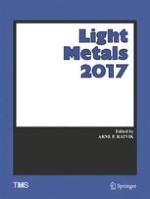2017 | OriginalPaper | Buchkapitel
Secondary Aluminum Alloys Processed by Semisolid Process for Automotive Application
verfasst von : F. D’Errico, D. Mattavelli
Erschienen in: Light Metals 2017
Aktivieren Sie unsere intelligente Suche, um passende Fachinhalte oder Patente zu finden.
Wählen Sie Textabschnitte aus um mit Künstlicher Intelligenz passenden Patente zu finden. powered by
Markieren Sie Textabschnitte, um KI-gestützt weitere passende Inhalte zu finden. powered by
